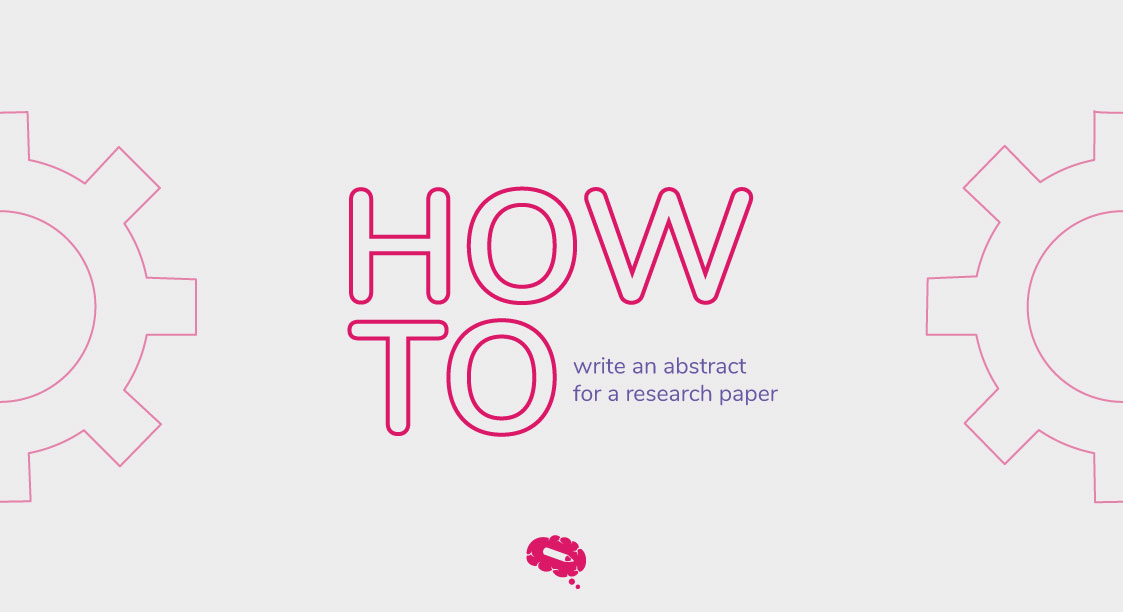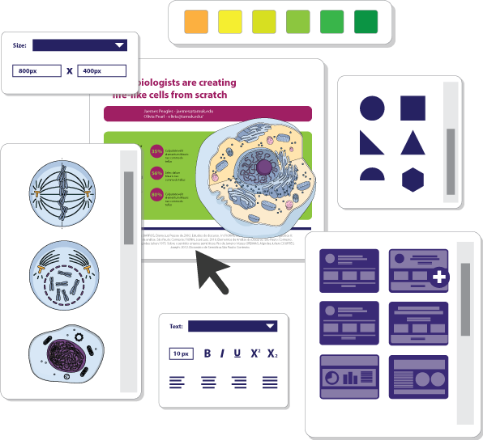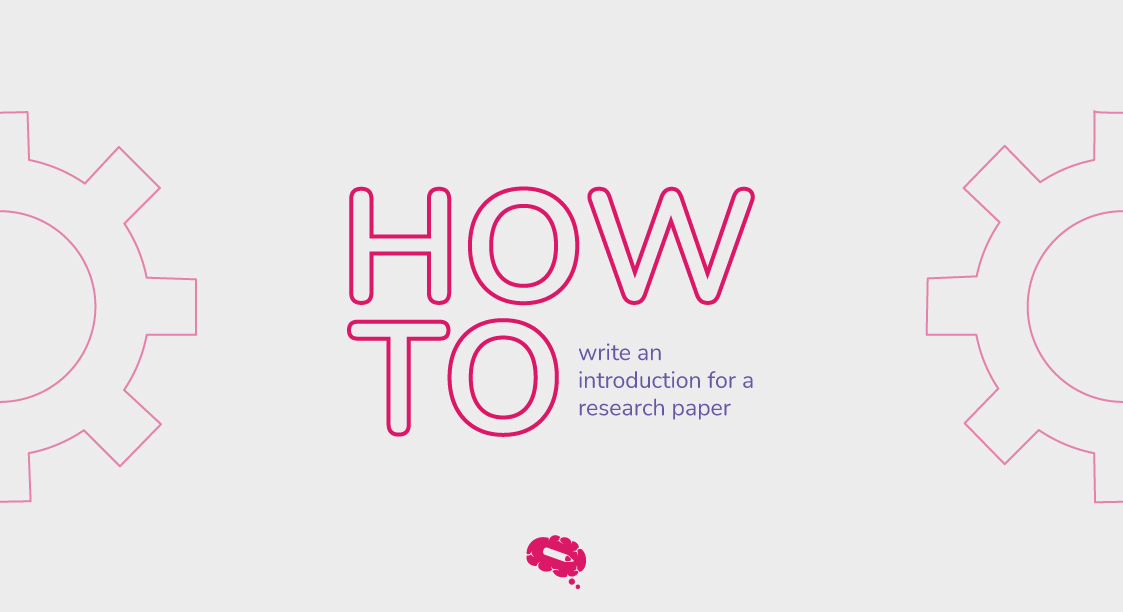Publishing an article is a very prestigious moment in a researcher’s life. Thus, it is pretty common that you might want to know how to make everything flawless, from abstract to conclusion.
Nowadays the internet has a huge influence on abstract writing, mostly because the readers use it to search for methodologies, results and references, considering that titles can be misleading and sometimes don’t go to specifics.
This article is here to help you understand the structure of an abstract, know the difference between its types and how to write a proper abstract for a research paper.
What is an abstract?
An abstract is a short summary of a larger work, such as academic, scientific or general research papers. Its purpose is to give the readers a glance at what comes next and convince them to keep reading. Therefore, it is usually situated at the beginning of such works.
The size of an abstract is around 100-300 words including one or two paragraphs, but that might depend on the requirements of the journal you choose to publish on.
Abstract example
Have a look at an abstract published in Elsevier by Fabricio Pamplona, pharmacist, PhD in Pharmacology and co-founder of Mind The Graph.
N-methyl D-aspartate (NMDA) administered at subtoxic dose plays a protective role against neuronal excitotoxicity, a mechanism described as preconditioning. Since the activation of adenosinergic receptors influences the achievement of NMDA preconditioning in the hippocampus, we evaluated the potential functional interplay between adenosine A1 and A2A receptors (A1R and A2AR) activities and NMDA preconditioning. Adult male Swiss mice received saline (NaCl 0.9 g%, i.p.) or a nonconvulsant dose of NMDA (75 mg/kg, i.p.) and 24 h later they were treated with the one of the ligands: A1R agonist (CCPA, 0.2 mg/kg, i.p.) or antagonist (DPCPX, 3 mg/kg, i.p.), A2AR agonist (CGS21680, 0.05 mg/kg, i.p.) or antagonist (ZM241385, 0.1 mg/kg, i.p.) and subjected to contextual fear conditioning task. Binding properties and content of A2AR and glutamate uptake were assessed in the hippocampus of mice subjected to NMDA preconditioning. Treatment with CGS21680 increased the time of freezing during the exposure of animals to the new environment. NMDA preconditioning did not affect the freezing time of mice per se, but it prevented the response observed after the activation of A2AR. Furthermore, the activation of A2AR by CGS21680 after the preconditioning blocked the increase of glutamate uptake induced by NMDA preconditioning. The immunodetection of A2AR in total hippocampal homogenates showed no significant differences evoked by NMDA preconditioning and did not alter A2AR maximum binding for the selective ligand [3H]CGS21680. These results demonstrate changes in A2AR functionality in mice following NMDA preconditioning.
Reference: Functional interplay between adenosine A2A receptor and NMDA preconditioning in fear memory and glutamate uptake in the mice hippocampus. PMID: 33691195 DOI: 10.1016/j.nlm.2021.107422
What’s the purpose of an abstract?
In addition to attracting readers and helping them index specific points in your work, abstracts are also very good to encourage financial support. If potential investors could understand your research’s details right away, the financial support for grant proposals and the fundraising process would be a lot faster, right?
Knowing how to write an abstract for a research paper is also important for search engine optimization (SEO). If anyone searches the words used in your abstract, the link of your publication will appear in the search results, raising the chances of getting clicks and visualization of your work.
Types of abstracts
There are three most used types of abstracts: descriptive, informative and visual. Descriptive abstracts are usually applied for less formal documents, whereas informative and visual abstracts are most used in research papers.
Descriptive
Descriptive abstracts are considered more friendly than others. They are brief and don’t bring much data and details, focusing on overviews, and leaving aside results and conclusions. It demands you to read the whole paper to get to the main point.
To clarify ideas, you can think of it as a synopsis of a movie or the back cover of a book.
Informative
Informative abstracts are more complete, containing all you need to know about the paper before reading it completely: introduction, research significance, methodology, results and conclusion. That’s why informative abstracts are the best choice for research papers.
Their main goal is to be used as a quick reference, lacking personality but full of relevant data.
Visual Abstract
Also known as graphical abstract, this type is not very popular among academics yet, but it has a bright future ahead. That is due to some publishers requiring visual abstracts as mandatory for science papers.
Using science figures, infographics and illustrations, graphical abstracts are great at making your work much more accessible for everyone. A study done by Cactus Communications indicates that articles with Graphical Abstracts have 3x more downloads and 8x more shares on social media.
What are the 5 parts of an abstract?
The 5 parts of an abstract are: introduction, research significance, methodology, results and conclusion. They are all stated below so you can get a better understanding:
Introduction
The first part of the abstract is a brief and enticing text that aims to capture the reader’s attention. A well-written intro can really persuade the reader to dive into your abstract.
Research significance
Usually, this is the answer to the question: “Why did you do this research?”.
Methodology
A short space for explaining what you did during your analysis and the methods you used to get the proper results.
Results
You may use this part to share a glance of your discoveries or clarify the advantages of your method based on the results.
Conclusion
Finally, the part where you put a short description of the meaning and the impact of your data and how it contributes to the actual findings.
Expert tips to write an abstract for a research paper
- Write the abstract last: Save time and write the abstract for last. Since the abstract contains a small part of every research’s main topics, it’ll be better if you focus on it when everything else is almost done.
- Don’t forget about the keywords: If you have an interest in optimizing your paper for SEO (explained above in What’s the purpose of an abstract? section), you may also include keywords. Working just like hashtags in social media, they list out the topics discussed in your paper so interested people can easily find them online.
- Follow the publisher’s instructions: Stay tuned to the publisher’s requirements. To ensure the success of your publication, always follow the publisher’s instructions before submitting.
- State your conclusion: Another thing you have to keep in mind when writing an abstract is that you need to set up a connection between the paper’s abstract and conclusion. It is fundamental that a reader can understand the research’s idea if they only read the abstract and the conclusion.
How do you write a good abstract for a research paper?
After all, let’s go through some easy steps on how to write a good abstract for a research paper.
Step 1: Introduce your work to the audience
Start with the contextualization of your research. Don’t forget to mention the general topic under study and also the specific topic of your research.
Step 2: The Problem Statement
Every research aims to solve some questions. Make sure yours are clearly identified in this section. You may also add what’s already known about the subject, including previous research.
Step 3: Support your research
That’s the point where you support your reasons and goals. For example, “Why is that topic relevant? Are those questions worth addressing? Did you apply any new method?” and so on.
Step 4: New discoveries
Share your main findings and results, presenting them whether they are satisfactory or not. Select only the necessary so that the abstract doesn’t be too long.
Step 5: The significance of your findings
Last but not least, in this part, you may explain the impact of the results of your research and how they influence the actual knowledge. You may use data and plead to support your findings.
Improve your papers’ impact and visibility through quality visual abstracts
Imagine your audience getting your whole purpose just by looking at an infographic for a few minutes. Use the Mind The Graph tool to create amazing graphical abstracts and take your research paper to another level.

Subscribe to our newsletter
Exclusive high quality content about effective visual
communication in science.





